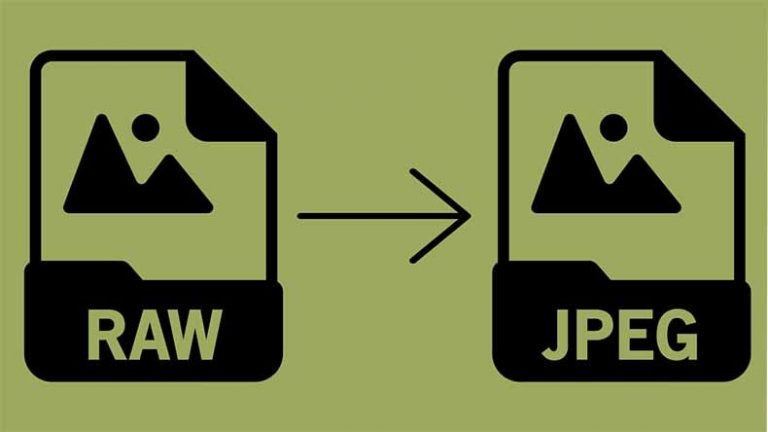Risk Management in Custom Software Projects – Mitigating Challenges and Uncertainties
One of the driving forces behind innovation in businesses today is custom software projects – they are like magic wands that solve complex problems with specialized solutions, giving companies a real edge over their competitors.
However, these projects encounter their own challenges and uncertainties, potentially jeopardizing their success, and that’s where effective risk management steps in to save the day – to navigate through all those obstacles and ensure that your custom software project runs smoothly from start to finish.

Significance of Risk Management
To ensure smooth progress in custom software projects, effective risk management plays a crucial role. Anticipating and addressing potential issues in advance helps maintain project alignment with its intended scope, budget, and timeline.
Businesses that take risk management seriously are able to minimize the impact that unforeseen challenges can have on their project’s goals.
Identifying Potential Risks in Custom Software Projects
To manage risks well, you first need to identify them. This means carefully examining the project’s scope, objectives, stakeholders, and outside factors.
Through brainstorming, SWOT analyses, and expert input, project teams can uncover various possible risks, such as technical challenges, changing requirements, or resource limitations.
Strategies for Effective Risk Mitigation
When it comes to tackling risks, being proactive is the way to go – instead of waiting for problems to grow into major headaches, take charge and develop strategies that address potential issues head-on.
A useful strategy involves preparing contingency plans for risks that could have a significant impact. These plans specify the exact steps to be taken if those risks actually occur. Besides that, spreading out risks across various areas of the project can lessen their overall impact and strengthen the project’s ability to withstand challenges.
Importance of Communication and Collaboration
Smooth risk management relies on the effective communication and collaboration of project team members. Consistent meetings, updates, and open channels of communication guarantee a shared understanding of potential risks and how to tackle them.
By embracing cross-functional collaboration, an array of perspectives is brought together, resulting in a thorough identification of risks and improved decision-making.
Continuous Monitoring and Adaptation
Continuous development plays a huge role in risk management, it’s not a one-time task; it requires constant monitoring and adaptation throughout the project lifecycle.
Along with the project’s progress, new risks may emerge, while existing ones may evolve or become less relevant, and regular reviews and adjustments to risk management plans ensure that the project remains aligned with its objectives and adapts to changing circumstances.
Balancing Flexibility and Project Objectives
Maintaining a balance between risk management and project objectives is of utmost importance. Being overly cautious and risk-averse can stifle innovation.
Achieving the right equilibrium entails evaluating how risks may affect project goals and making well-informed choices on which risks to mitigate, embrace, or actively pursue.
Depending on the type of the project, it’s important to share the area’s responsibilities with the developers. For example, if your own team lacks expertise in C software development, you may want to find specialists in low-level programming.
Leveraging Data and Analytics for Informed Decisions
Risk management in the digital era heavily relies on data and analytics. The utilization of historical project data and the application of predictive analysis provides businesses with valuable insights into potential risks and their likelihoods.
By relying on this data-driven approach, project teams make informed decisions, effectively allocate resources, and prioritize risk mitigation strategies.
Final Thoughts
Risk management is a critical aspect of custom software projects. It involves identifying potential risks, devising strategies to mitigate them, promoting transparent communication and collaboration, and leveraging data insights.
Adopting this proactive approach empowers businesses to confront challenges and uncertainties with conviction. It not only ensures project success – it fosters adaptability and innovation within the company as well.
Given the rapid pace of technological advancements, integrating risk management practices remains indispensable for ensuring the smooth implementation of customized software projects.







